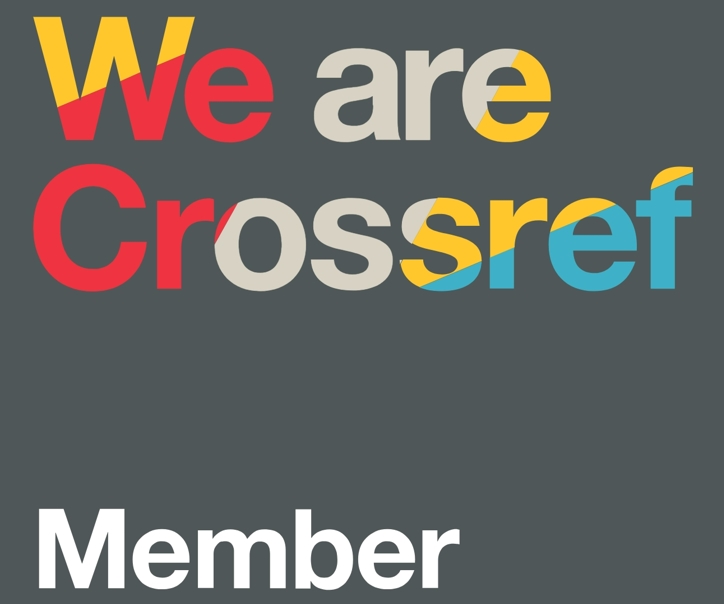Causal Factors Of Frenemy On Emily And Stephanie In Jessica Sharzer’s A Simple Favor Movie Script
Main Article Content
Myrilla Shafa Camila
Hariyono
This study examines the frenemy relationship between Emily and Stephanie in A Simple Favor. Their friendship is complex, blending admiration, competition, and manipulation. Stephanie looks up to Emily but also struggles with insecurity, while Emily enjoys maintaining control over Stephanie. Using a qualitative method, this research identifies key factors contributing to their frenemy dynamic, including social comparison, insecurity, past betrayals, and cultural expectations. The findings reveal that their relationship is shaped by both emotional dependence and hidden rivalry, leading to an unstable and toxic bond. Finally, the study highlights how friendships can mask deeper conflicts, where trust and betrayal coexist.
Abrahams, R. (2011). Friendship: Development, Ecology, and Evolution of a Relationship. Oxford
University Press.
Baxter, L. A., & Montgomery, B. M. (1996). Relating: Dialogues and Dialectics. The Guilford Press.
Creswell, J. W. (2014). Research design: qualitative, quantitative, and mixed method approaches.
Sage Publication.
Delaney, L., & Malakhova, I. (2018). The Psychology of Frenemies: Understanding Hidden Rivalries in
Close Relationships. Cambridge Academic Press.
Eder, J. (2010). Understanding Characters: Psychological and Emotional Aspects in Narrative Media.
Palgrave Macmillan.
Festinger, L. (1954). A Theory of Social Comparison Processes. Human Relations, 7(2), 117-140.
Flynn, F. (2012). Social Pressures and Strategic Friendships: The Role of Cultural Expectations in
Interpersonal Relations. Journal of Social Psychology, 54(3), 215-232.
Goffman, E. (1956). The Presentation of Self in Everyday Life. University of Edinburgh Social Sciences
Research Centre.
Greene, A. & Faulkner, P. (2005). Friend or Foe? Understanding the Frenemy Phenomenon. Psychology
Press.
Hart, C. (2007). The Psychology of Friendship and Rivalry: An Interpersonal Perspective. Routledge.
Sharp, J. (2004). The Hidden Dangers of Frenemies: When Friendship Turns Toxic. HarperCollins.
Silver, J. (2010). Strategic Cooperation and Hidden Competition in Friendships. Oxford University Press.
Wellek, R., & Warren, A. (1949). Theory of Literature. Harcourt, Brace & World






